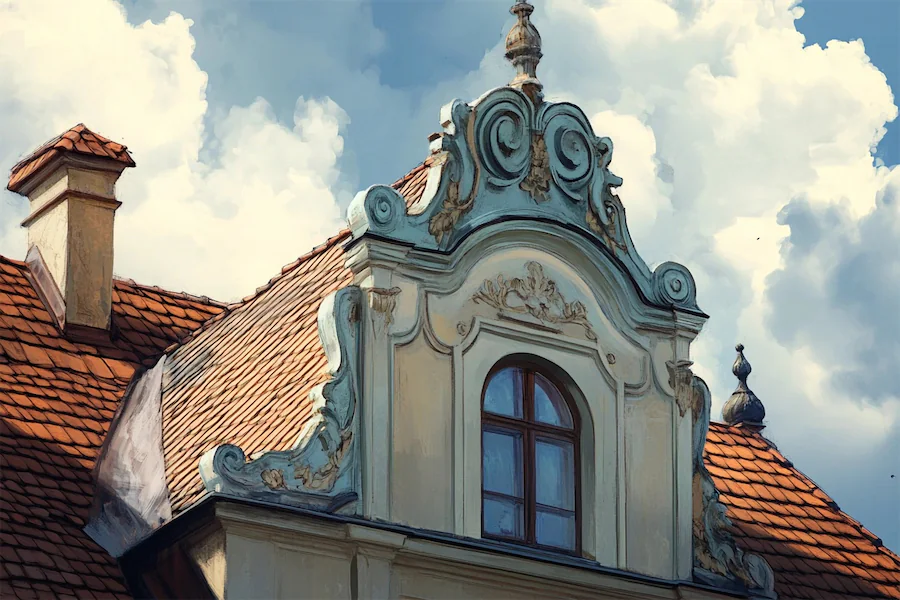Baroque architecture, which emerged in late 16th-century Italy, is renowned for its grandeur, drama, and intricate details.
Roofs in Baroque architecture played a significant role in enhancing these characteristics, contributing to the overall opulence and theatricality of the structures.
History and Origins of Baroque Roofs
The Baroque style developed as a response to the austerity of the Protestant Reformation, with the Catholic Church commissioning elaborate buildings to evoke emotional engagement and convey religious themes.
Roofs became a canvas for architects to display innovation, moving beyond the simpler designs of the Renaissance to more complex and decorative forms.
Key Features of Baroque Roofs
- Mansard Roofs: Popularized in France, the mansard roof features a double slope on each side, with the lower slope being steeper. This design not only added grandeur but also created additional usable space under the roof.
- Domes and Cupolas: Baroque architecture often incorporated large, ornate domes and cupolas, symbolizing the heavens and adding vertical emphasis to the structures. These elements were frequently adorned with intricate frescoes and stucco work.
- Complex Geometries: Roofs began to feature dynamic shapes, including ovals and ellipses, moving away from the traditional circular forms. This complexity added to the dramatic effect typical of Baroque architecture.
Applications of Baroque Roofs
Baroque roofing styles were applied to various types of buildings:
- Religious Structures: Churches and cathedrals featured grand domes and elaborate rooflines to inspire awe and represent the glory of the divine. For example, the dome of Sant’Ivo alla Sapienza in Rome, designed by Francesco Borromini, showcases a unique and complex geometry with a large window in each of its six lobes and stucco ornamentation.
- Palaces and Châteaux: Royal residences, such as the Palace of Versailles in France, utilized mansard roofs to convey opulence and accommodate additional living space.
- Civic Buildings: Town halls and other public edifices adopted Baroque roofing elements to express power and prestige, often featuring decorative sculptures and reliefs on the roofline.
Considerations When Choosing Baroque Roofs
When considering Baroque roofing designs, it’s important to take into account:
- Structural Complexity: The intricate designs require advanced engineering to ensure stability and durability.
- Material Selection: Traditional materials like slate, lead, and copper were commonly used; selecting appropriate materials is crucial for authenticity and longevity.
- Maintenance: The elaborate details and ornamentation demand regular upkeep to preserve their aesthetic and structural integrity.
Conclusion
Baroque roofs are emblematic of an era that celebrated extravagance and emotional expression in architecture. Their distinctive features continue to influence modern designs, serving as a testament to the enduring legacy of Baroque artistry.
